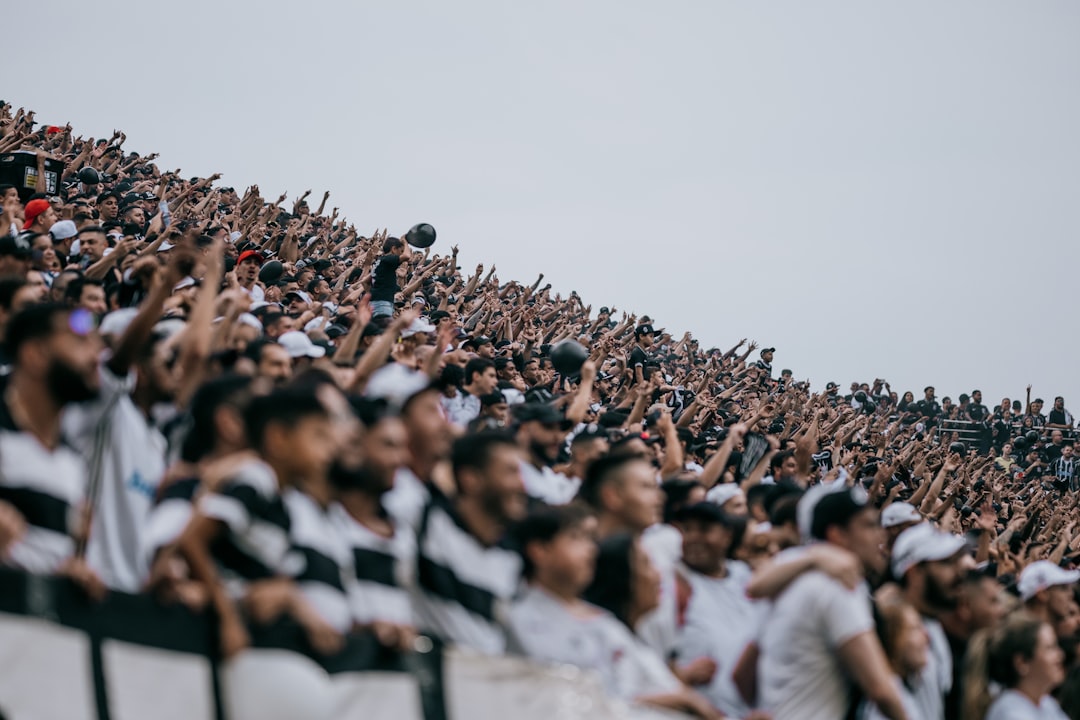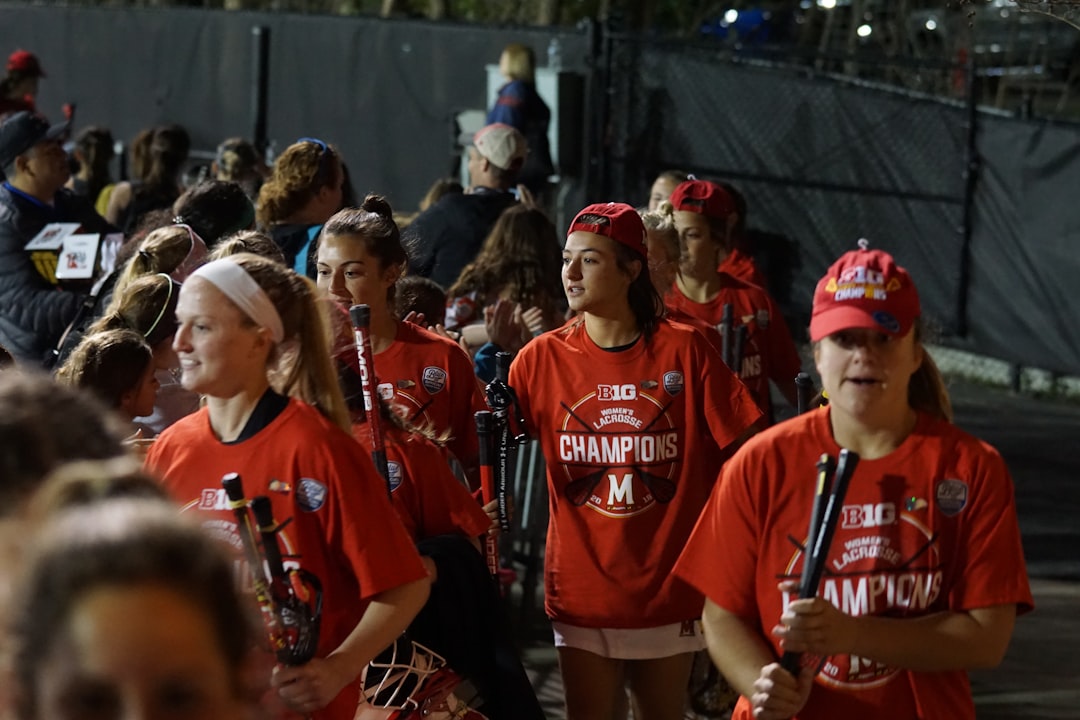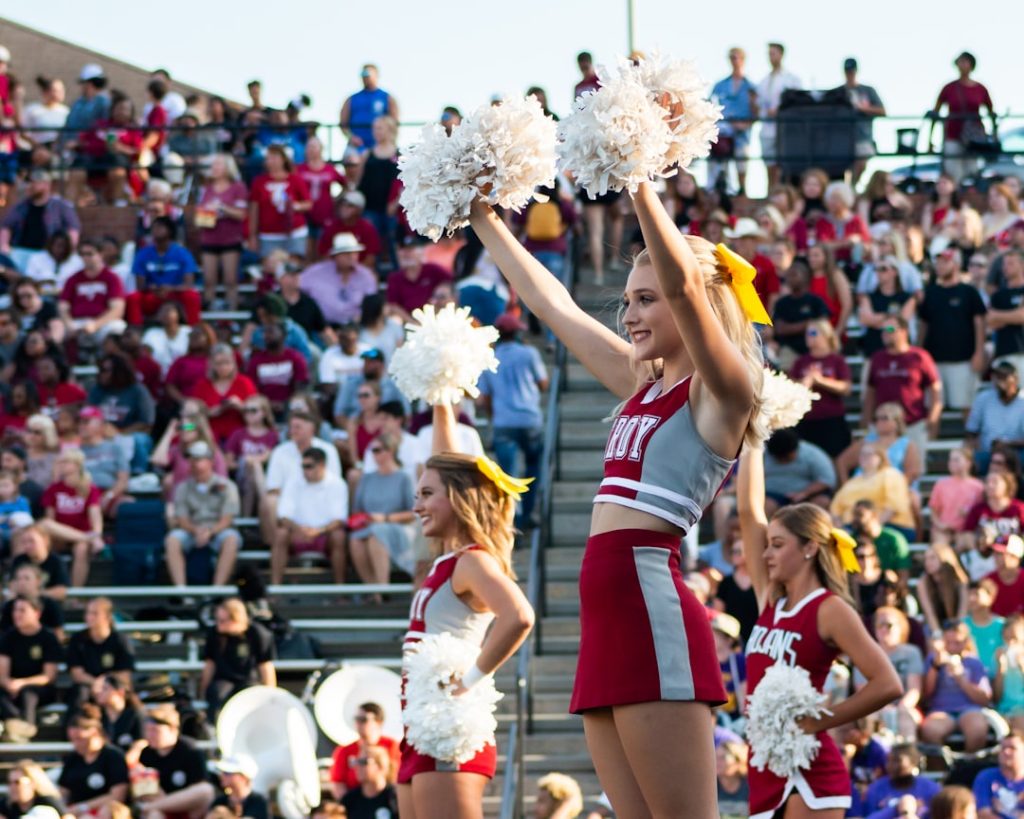For college football fans and newcomers alike, understanding the structure and timing of the game is essential to fully enjoying the experience. One commonly asked question is: How long is halftime during a college football game? While it may seem like a simple answer, several elements influence its duration. From NCAA regulations to halftime shows and television broadcasts, halftime in college football is a well-orchestrated break that serves multiple purposes.
Standard Duration of College Football Halftime
The standard length of halftime in college football is 20 minutes. This is a rule set by the NCAA (National Collegiate Athletic Association) and applies to most regular-season games. During this time, players retreat to their locker rooms for strategic evaluations, rest, and mental regrouping. Coaches seize the opportunity to make necessary adjustments, and trainers attend to physical needs like hydration and injury prevention.
Interestingly, the 20-minute rule is largely consistent, but it can sometimes be extended under specific circumstances. For example, special events, bowl games, or games with notable halftime performances may require a slightly longer break. However, such extensions are usually only a few additional minutes.

Why Is Halftime 20 Minutes Long?
The 20-minute halftime rule wasn’t established arbitrarily. It serves multiple purposes:
- Player Recovery – Football is physically demanding, and players use this time for rest, rehabilitation, and rehydration.
- Strategic Adjustments – Coaches use the halftime break to evaluate the first half’s performance and tweak their game plan accordingly.
- Broadcast Requirements – Television networks depend on halftime to run advertisements and analysis, which is a vital revenue stream.
- Marching Band and Entertainment – College football is synonymous with tradition and pageantry. The halftime window offers time for marching band performances and other school-spirited activities.
In contrast with the NFL, where halftime is 12 minutes, college football’s longer intermission allows a more robust show and deeper strategic planning. It’s part of what makes the college experience unique.
How Halftime Works in Bowl Games and Championships
While regular-season college football games comply with the 20-minute halftime rule, bowl games and conference championships often have extended halftimes. These can range from 20 to 30 minutes, depending on the scale of performance and the event’s stature.

These extended halftimes are primarily to accommodate elaborate performances, award ceremonies, and national anthems, especially during bowl season in December and January. Organizers may work with television networks to schedule additional content, offering fans at home more insight and analysis.
The Role of Marching Bands and Entertainment
One of the most distinguishing features of college football halftime is the live entertainment. Marching bands are an integral part of the show and a significant reason why many fans remain in their seats during the break instead of heading for concessions.
These student-musicians rehearse for hours during the week to put on precision performances that can include complex choreography, musical arrangements, and crowd-pleasing visuals. Beyond bands, some games include cheerleading displays, special recognition ceremonies, or even the honoring of alumni and veterans.
In some cases, schools hosting significant games may invite celebrity performers or host contests, making halftime not just a break but part of the overall football spectacle.
Halftime in Overtime Games
A common question among fans concerns whether games that go into overtime receive a second halftime. The answer is no. Once the initial 20-minute halftime is over, overtime periods proceed without an additional intermission. There may be short breaks between each overtime period, typically for commercial broadcasts or officials’ consultation, but nothing that compares to the standard halftime.
Does Halftime Ever Start Early or Late?
While the NCAA sets strict guidelines, the actual start of halftime might vary depending on when the second quarter ends. If there are injuries, challenges, or unexpected delays, the first half of the game might extend longer than anticipated, pushing back the start of halftime. However, once halftime begins, the countdown usually remains fixed at 20 minutes unless specific adjustments are announced.
Television and Advertising Impact on Halftime
Television contracts significantly shape college football schedules and halftime durations. With lucrative deals in place, halftime provides a crucial window for advertisements, studio analysis, and commercial promotions. Networks often use this time to review key plays and provide fans with halftime reports, player interviews, and expert predictions.
This synergy between sports and media ensures that both live audiences and those watching from home get a rich and informative experience. It’s also why halftimes rarely deviate from the 20-minute standard unless previously planned.
Impact on Players and Game Momentum
Halftime can change the tone of a game dramatically. Coaches might use those minutes to inspire a comeback, recalibrate a defensive strategy, or implement new offensive tactics. Many players also harness halftime to mentally reset, address fatigue, and discuss challenges they are facing on the field.
This mental and emotional reset can be especially critical in rivalry games or when games are tightly contested. Frequently, spectators observe a “tale of two halves,” where one team dominates after halftime thanks to the effective use of this 20-minute window.
Conclusion
Halftime in college football is more than just a break in the action. It’s a pivotal period that supports physical recovery, strategic rethinking, and vibrant university traditions like marching band performances. Though standardized at 20 minutes for the regular season, halftime can vary slightly depending on the magnitude of the game and entertainment involved. Understanding this crucial time enhances the appreciation and rhythm of college football, making each game a fuller and more engaging experience.
FAQs: College Football Halftime
- Q: How long is halftime in a regular college football game?
A: Halftime is typically 20 minutes long, as set by NCAA regulations. - Q: Does halftime ever extend beyond 20 minutes?
A: Yes, for bowl games, championships, or events involving extensive halftime shows, the break may last up to 30 minutes. - Q: Is college football halftime longer than the NFL?
A: Yes, NFL games have a 12-minute halftime, while college games usually have 20 minutes. - Q: What happens during halftime?
A: Players rest and regroup, coaches review strategies, and fans enjoy marching band performances and other entertainment. - Q: Is there another halftime if the game goes into overtime?
A: No, there is no second halftime. Overtime rules proceed immediately after the end of regulation with only short breaks. - Q: Can fans leave during halftime?
A: Yes, fans often use halftime to visit concessions, restrooms, or simply take a break, although many stay to watch the band performances. - Q: Does weather ever impact halftime duration?
A: Severe weather delays may impact the timing of the entire game, including halftime, though this is rare.
